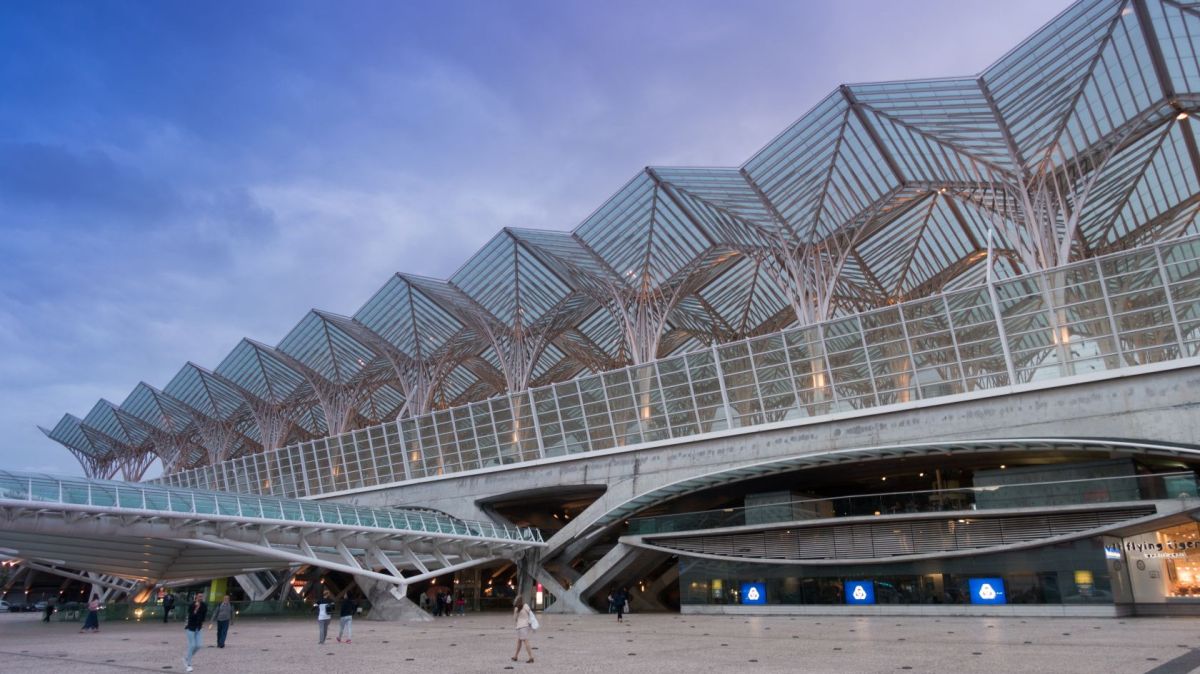However, it is precisely in the moments of great difficulty that opportunities arise to rethink and transform the national urban paradigm. A strategic, integrated, and ambitious reform can be the path to more inclusive, sustainable, and competitive cities.
The first step towards an effective urban reform is to abandon reactive and fragmented responses, betting on a long-term vision that involves all agents in the sector: political decision-makers, administrative entities, real estate developers, consumer associations, urban planners, and lawyers. Only with dialogue and shared responsibility will it be possible to build a regulatory framework that is transparent, predictable, and capable of attracting investment, both national and international, without sacrificing public interest.
Simplifying licensing procedures is essential. The multiplicity of steps, opinions and documentary requirements has been one of the main obstacles to increasing the housing supply, putting pressure on prices, and driving away investors. A more efficient, digitalized and results-oriented public administration can unlock projects, accelerate responses, and ensure greater justice and equity in access to housing.
International experience offers inspiring examples of successful urban reforms. In New York, the High Line project transformed an old, elevated railway line into an urban park, revitalizing the entire surrounding area, promoting the rehabilitation of buildings, and creating quality public spaces. Paris bet on urban forests and the requalification of peripheral neighborhoods, reconciling environmental sustainability with social inclusion. Barcelona, for its part, has implemented the concept of "superblocks", restricting car traffic in certain areas to give public space back to citizens, promoting smooth mobility, local commerce, and community coexistence.
These examples show that it is possible to revitalize degraded areas, promote urban regeneration and create greener and more humane cities, if there is political will, strategic planning, and civil society involvement. In Portugal, initiatives such as the Lisbon Green Plan and urban rehabilitation programs are already beginning to bear fruit, but it is necessary to go further, ensuring that all municipalities have up-to-date land use plans that are consistent with current needs.
Another fundamental axis of urban reform is the articulation between housing, rental, and rehabilitation policies. Access to adequate housing should be a priority, promoting affordable rent, the reconversion of vacant assets and rehabilitation as a rule. The involvement of the State, municipalities, cooperatives, and the private sector is essential to mobilize resources, accelerate projects and ensure that solutions reach those who need them most.
Innovation and digitalization must be allies of reform. Electronic platforms for project submission and monitoring, interoperability between municipal systems and external entities, and the use of technologies such as Building Information Modeling (BIM) can increase productivity, reduce waste, and promote energy efficiency.
Finally, it is crucial to ensure legal certainty and investor confidence. Regulatory predictability, transparency in processes and the articulation between different regimes are decisive factors to boost the real estate market, without losing sight of the public interest and social cohesion.
In short, Portugal has before it the opportunity to inaugurate a new urban paradigm, learning from the best international examples and adapting them to its reality. The future of Portuguese cities depends on the courage to reform, the ability to unite diverse interests and build solutions that last over time, promoting the well-being of populations and the sustainable development of territories.







